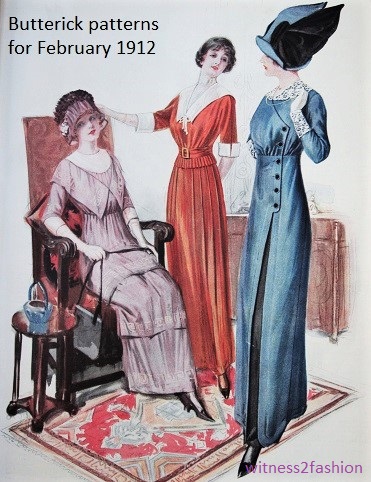
These “dresses” are really made from separate bodice and skirt patterns.
This “evening gown” is also made from a waist pattern and a skirt pattern.

Butterick waist 5188 and skirt 5189 made a lovely evening gown or a chic day dress, depending on your fabric choices. Delineator, Feb. 1912.
In 1912 you could buy “dress” patterns, but Butterick still sold many separate “waist ” and skirt patterns — a combination that allowed for enormous variety and individualization. These eight patterns featured in Delineator magazine in February 1912 show how you could make a day and evening wardrobe from just a couple of waist (bodice) and skirt patterns.
To start with the evening look:

Butterick waist pattern 5188, made in soft, sheer fabrics and embroidered or beaded.

Back view of waist 5188 with knot embroidery (or beading) and an optional high collar for formal daytime occasions.
The high-collared chemisette was optional (as was the body lining). “Sleeves are in full or shorter length, and with or without the cuffs.” Above, the collar is a sheer fabric, but other soft, drape-y fabrics (even wool) could be used.

Two back views of Butterick waist 5188.

Three variations of Butterick waist 5188 with skirt 5189. At right, it has a “clearing length” skirt, one of three possible lengths.
The variation on the right uses the chemisette and long sleeves (probably attached to the body lining,) but is made of a fabric appropriate for daytime, like linen or wool serge. Buttons add interest to the “day” look, and the soft collar is omitted entirely.

Evening, day, and afternoon looks from one waist pattern, Butterick 5188.

The same skirt, Butterick 5189, in sheer evening and solid daytime variations. (The evening coat covers part of the skirt.)
These two patterns were clearly meant as a set and could be made as one garment; but not all Butterick waist and skirt combinations close in the same place!

Left: Waist 5196 is more blouse-like and could be worn with different skirts. Right: Waist 5180 has a side closing like its accompanying skirt.

Alternate views of waist 5196. Optional CF seam, optional body lining (to control the fullness,) optional long sleeves and optional peplum as seen in the color illustration.


Skirt 5197 is softly pleated, and could be worn with other waists.

Right: waist 5180 with skirt 5181. The side closing exposes an underskirt.

Waist 5180 could be plain, as in the color illustration, or enhanced with embroidery or soutache braid. Buttons could be visible or the closing could be concealed. Long or 3/4 sleeves were another variation.
It’s possible to attach a skirt like this to the bodice with hooks and bars, but most women probably sewed the waist to the skirt, at least part of the way around. The side-front closing would make it hard to use the bodice with other skirts, although the skirt could be combined with other waists.

Butterick waist 5176 and skirt 5177. 1912.

Alternate views of waist 5176 with skirt 5177.
Waist 5176 and skirt 5177 are another set of patterns that could be made in day, afternoon, or evening versions. The long “sash” or back panel is an optional part of the bodice. Bordered fabrics are recommended for the skirt.

Detail of skirt 5177. For evening, you could stop at the second tier and let an underskirt show. The back-closing skirt “may be made separately or attached to a waist in semi-princess style….

This skirt description offers many fabric and construction options, and also suggests that other waists can be used with it, allowing for even more variety.

Waist 5176 could have a high-necked chemisette, or a lower, round neckline, as in the color illustration, or bare the throat entirely as in the evening version at the right.

Here waist 5176 has a “French round neck.” You can see how easily this waist might be adapted for evening by omitting the fill at neckline and using sheer fabric or lace for the “frill sleeves” and bertha collar.


Waist 5176 in day and evening versions.
Tricks of the Trade
Seeing all these variations should give hope to the overworked costumer: you could dress an entire chorus with variations on three or four bodice patterns and three or four skirt patterns. Fabric and trim variations will multiply the looks without having to draft a new pattern for every costume. In fact, character recognition would be aided by deciding that sophisticated Mme X always wears dresses with assymmetric side front closings, sporty Mlle Y always wears sailor collar variations, and gentle Mlle Z favors lace and soft fabrics. If you do one “waist” pattern fitting and one skirt pattern fitting per actress, and design three costumes for each that are variations on those patterns, you might get 15 costumes from five first fittings…. Hours and hours saved!
P.S. 1912 was the year the Titanic sank; Shaw wrote Pygmalion in 1912. The best production of Love’s Labour’s Lost I ever saw was set in 1914 (Royal Shakespeare Company, 1993, directed by Ian Judge with costume designs by Deirdre Clancy.)
Under These 1912 Clothes:

American Lady Corset ad; corset cover/petticoat for mature lady. Both: Delineator, February 1912.

Brassieres, Delineator, February 1912.

Corset cover and drawers, Delineator, February 1912.

Combination corset cover and drawers; narrow petticoat. Delineator, February 1912.


































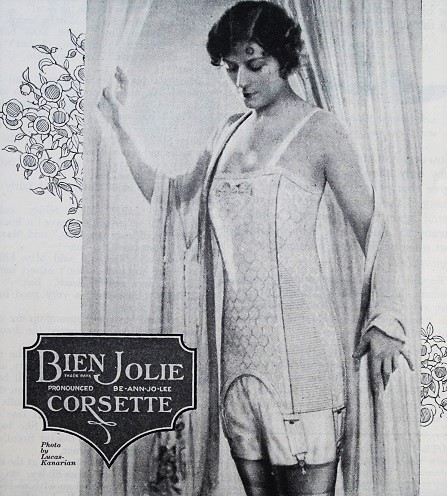
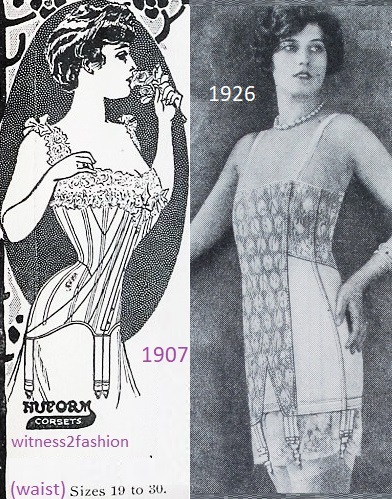
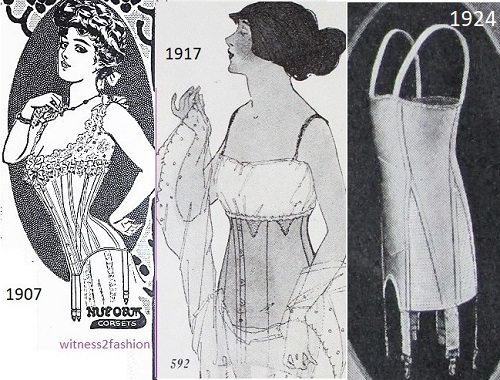
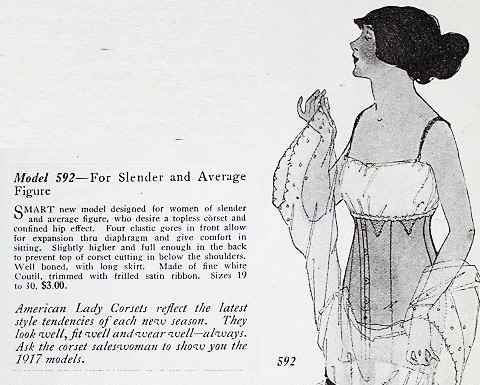
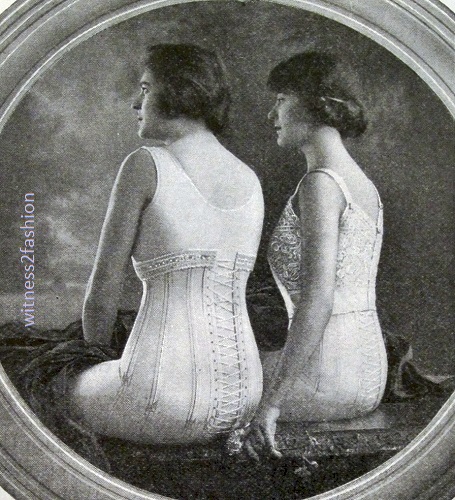
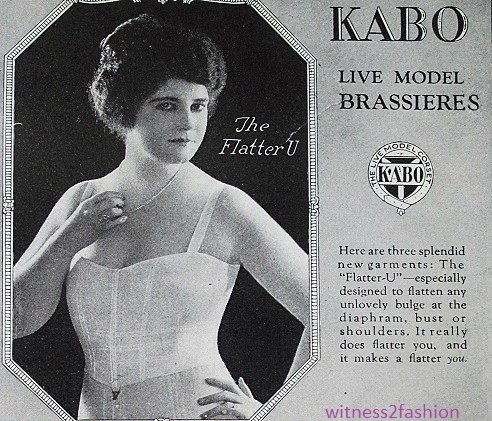
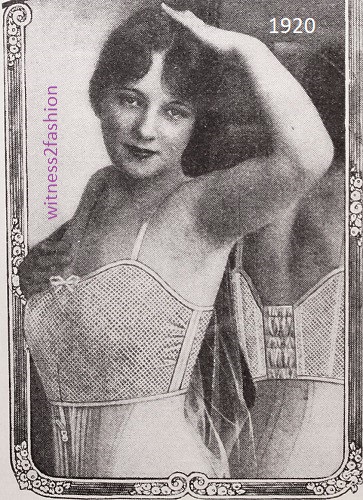
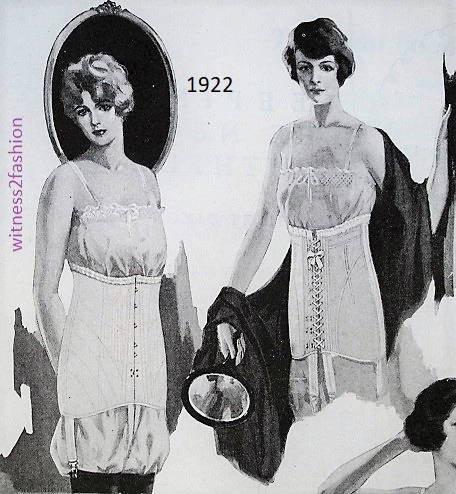
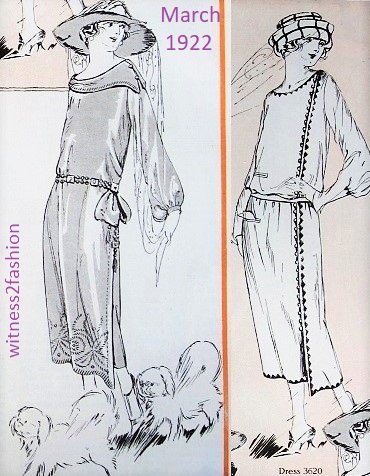
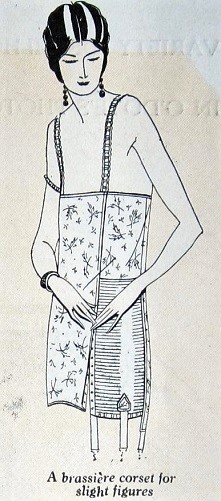
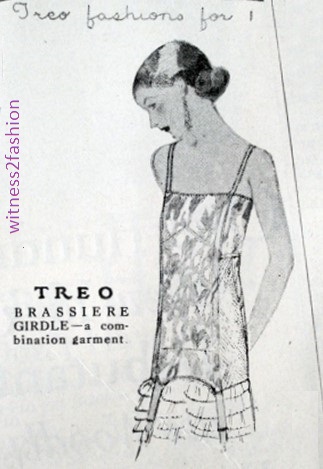
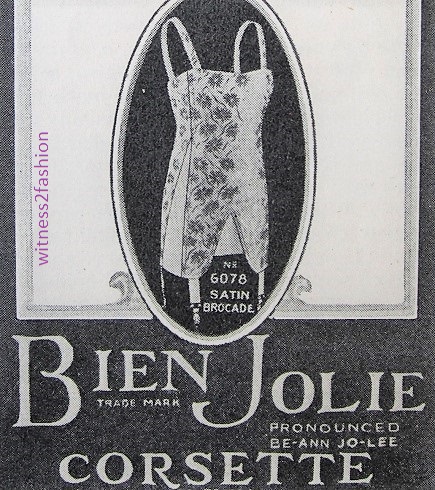
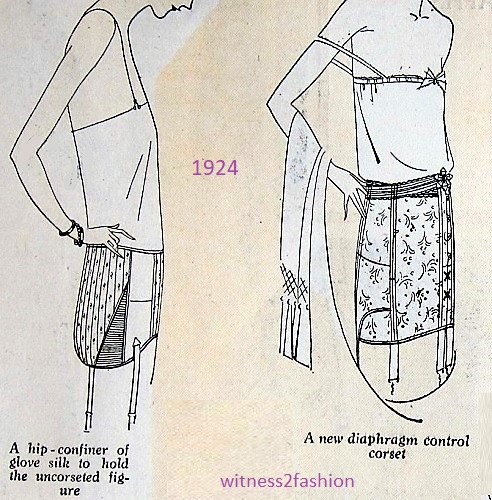
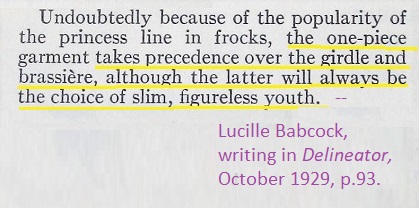 Some slim women wore a girdle or corset with a brassiere…
Some slim women wore a girdle or corset with a brassiere…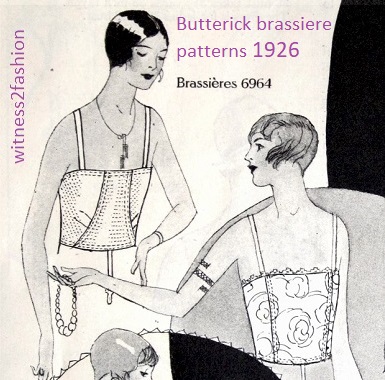
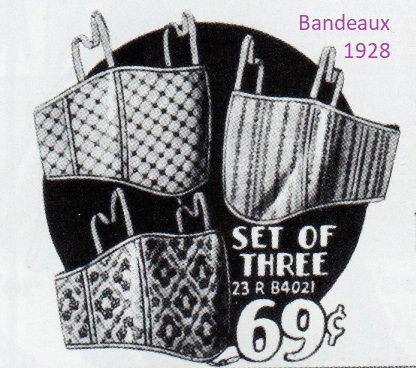
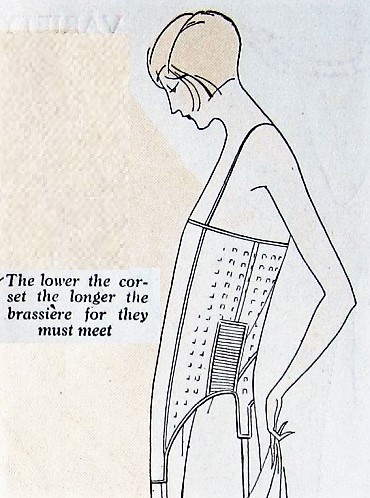
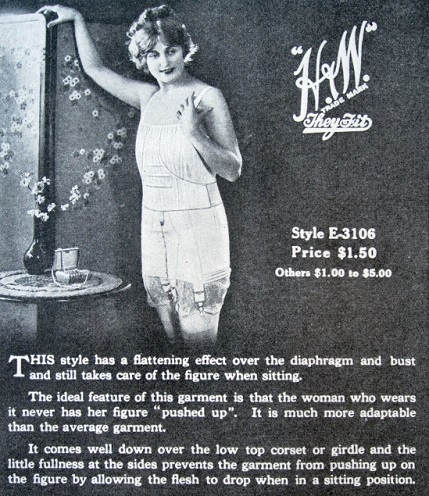
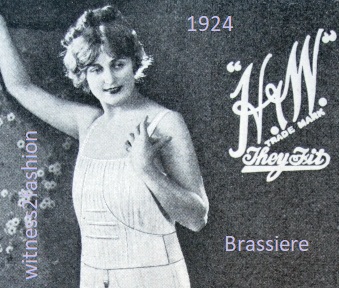
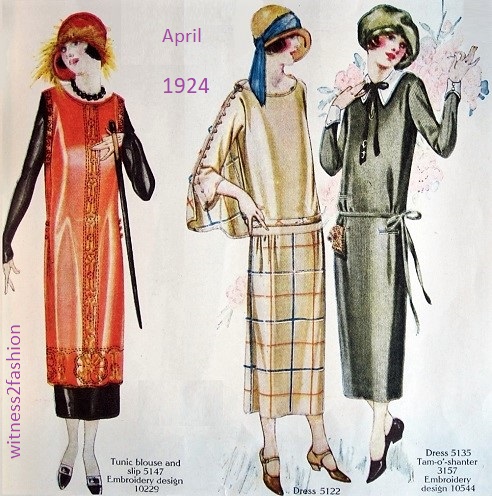
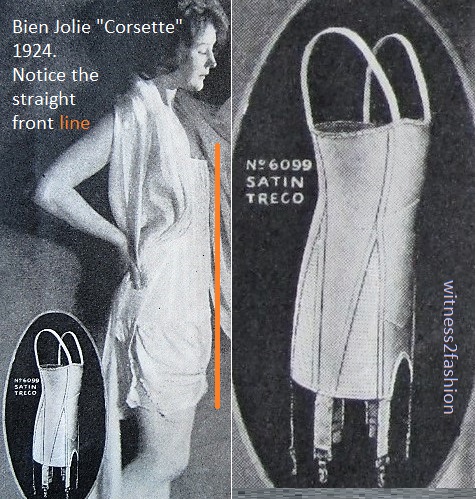
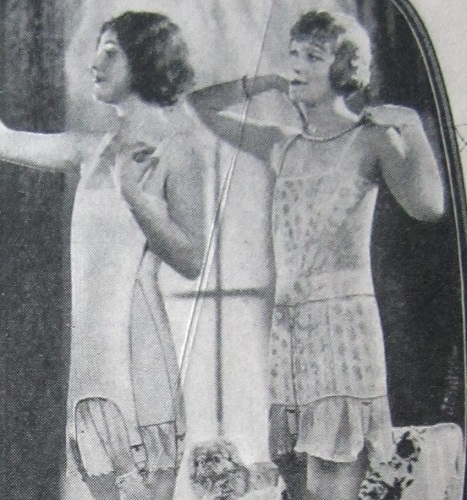
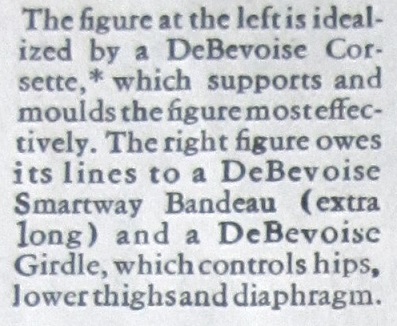
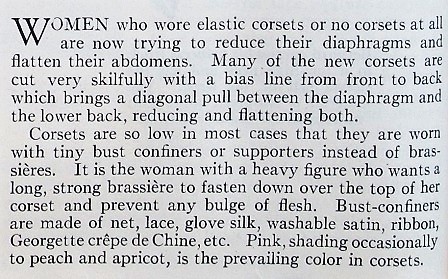
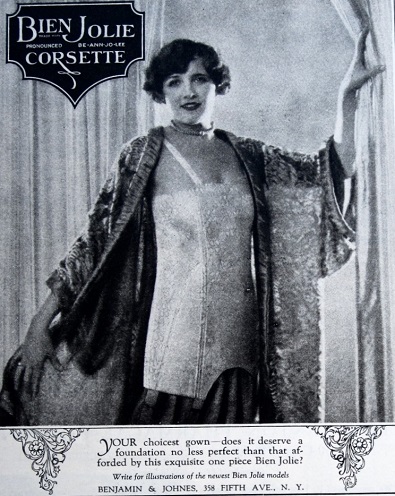
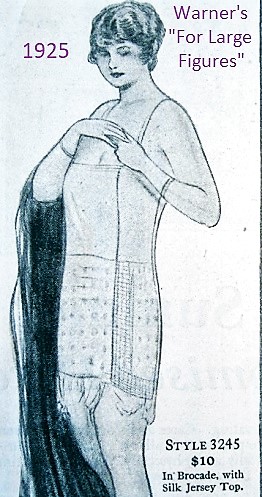
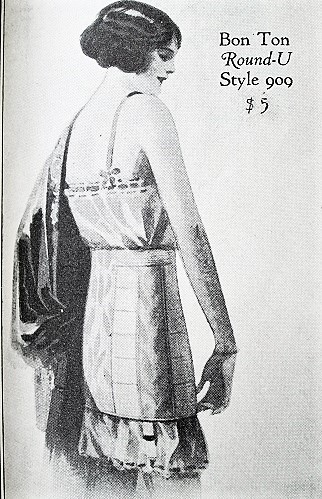
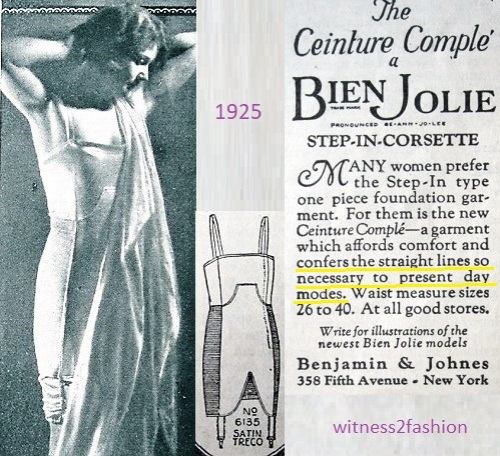
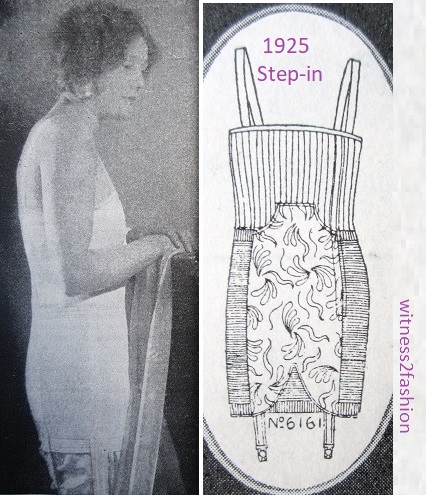
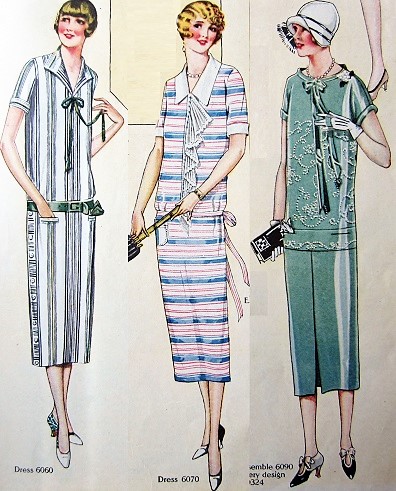
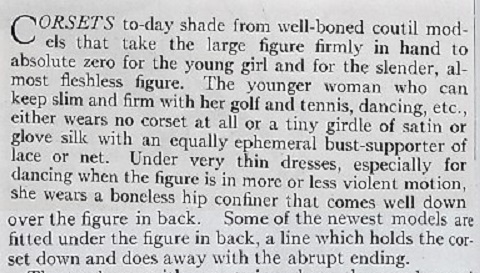
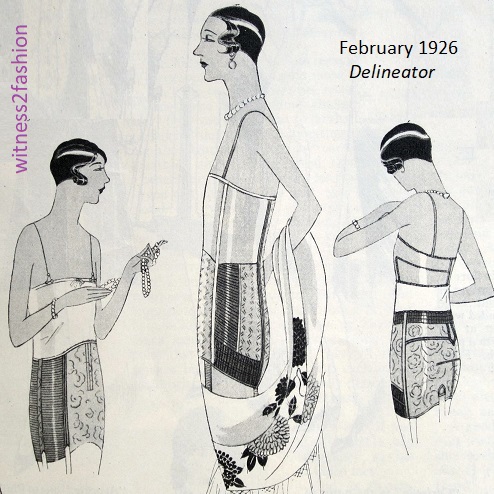
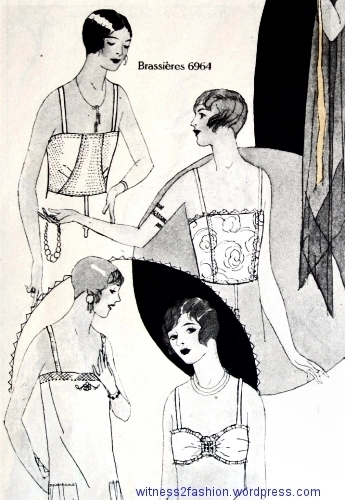
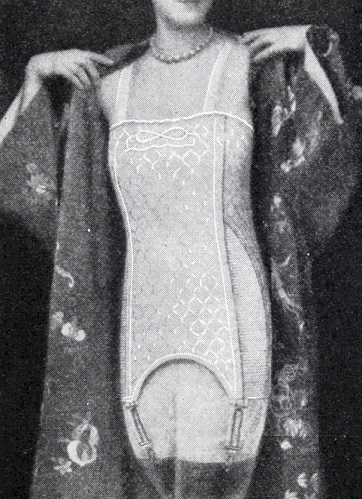
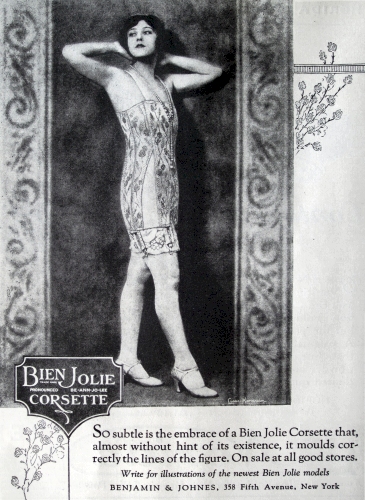
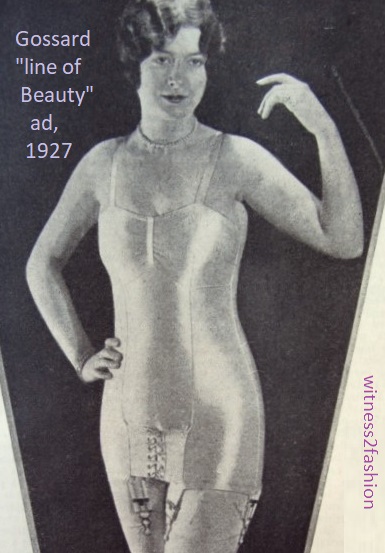
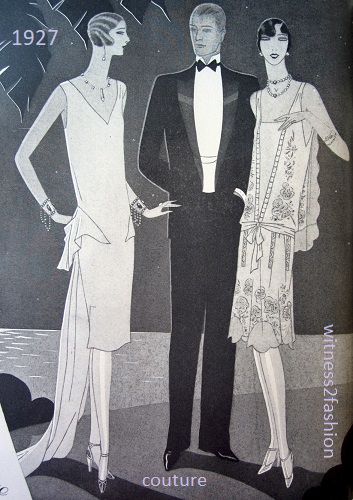
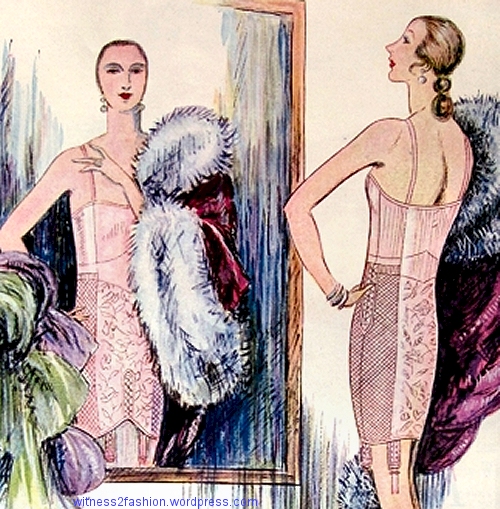
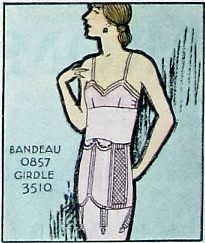
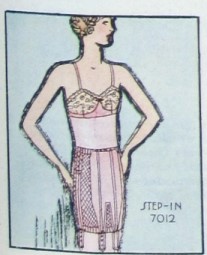
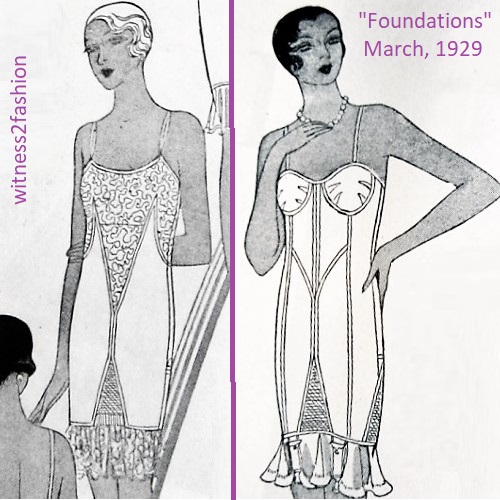
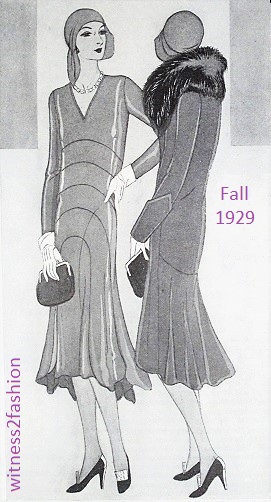
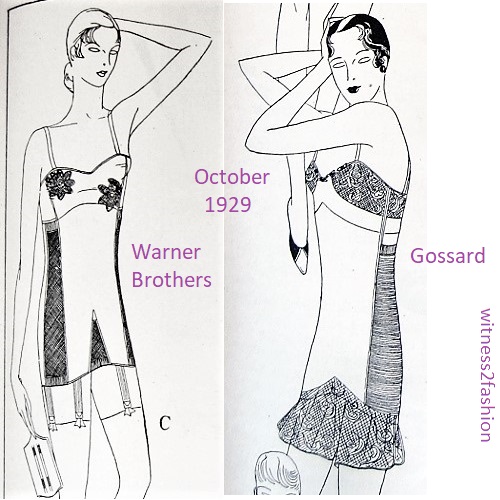

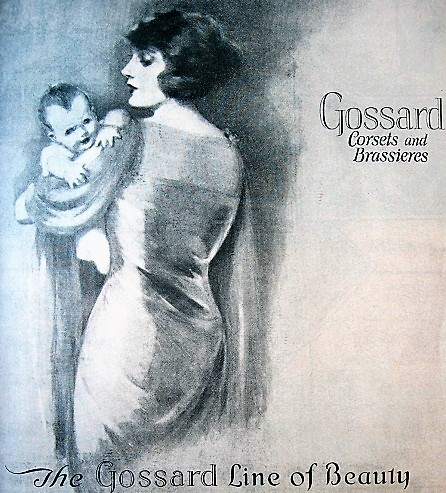
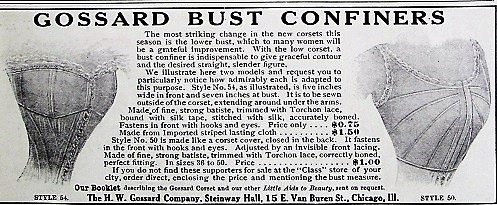
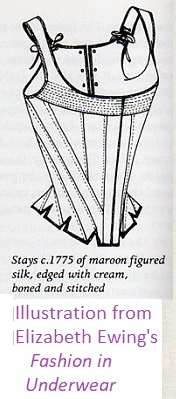 In the mid-twenties the uplift brassiere was invented, which supported the breasts from the shoulder (with the combination of bra straps and an elastic band below the breasts.)
In the mid-twenties the uplift brassiere was invented, which supported the breasts from the shoulder (with the combination of bra straps and an elastic band below the breasts.)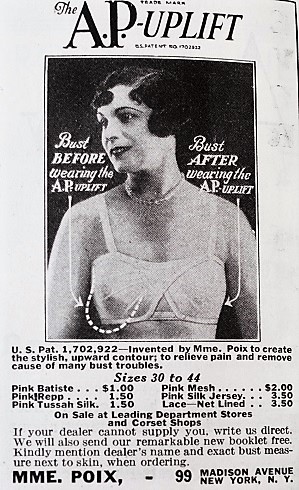
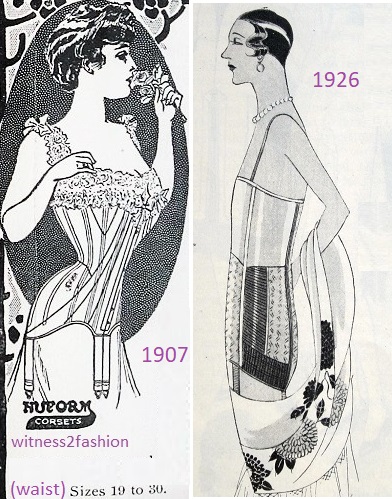
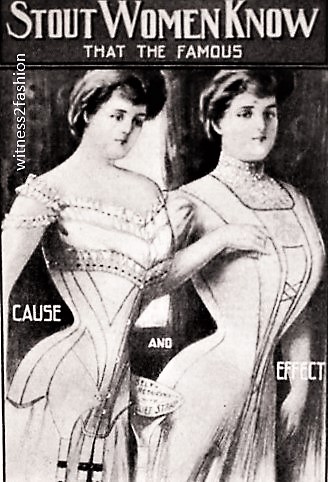
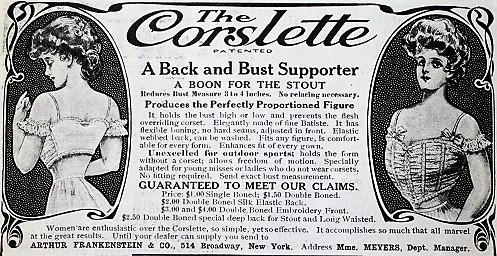
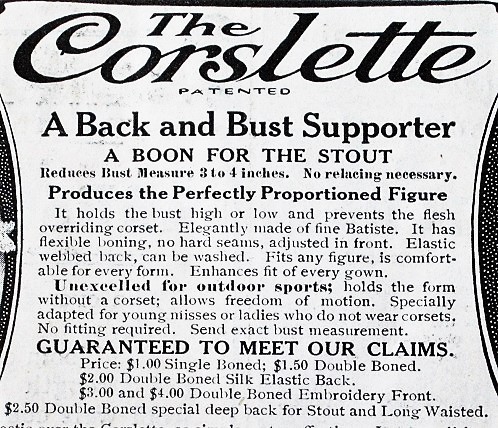

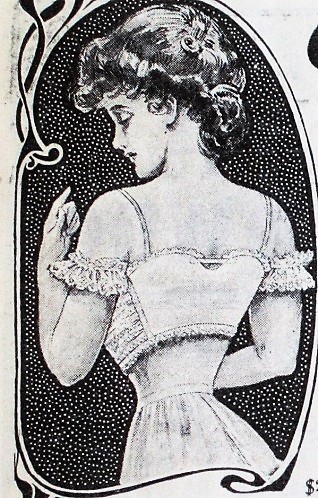
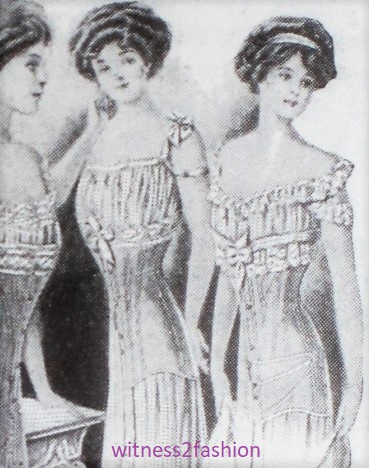
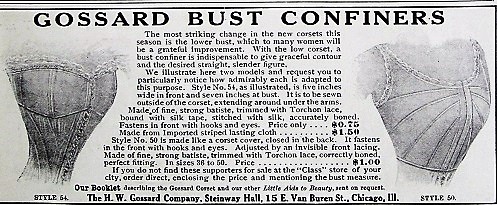
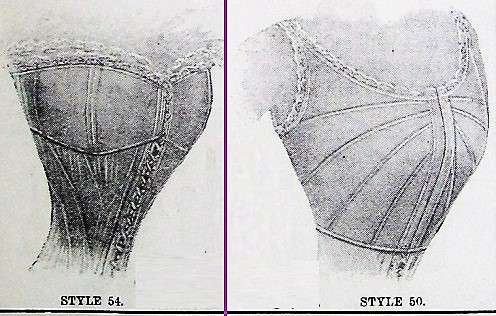
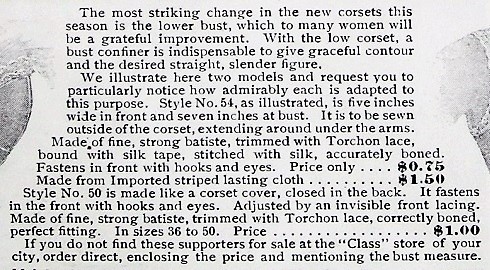
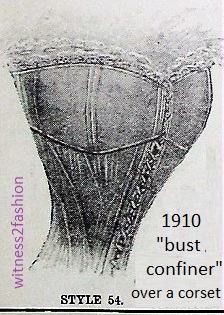
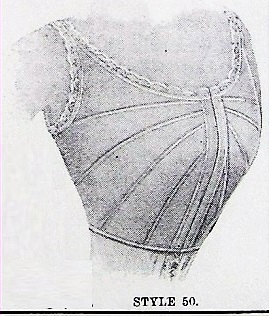
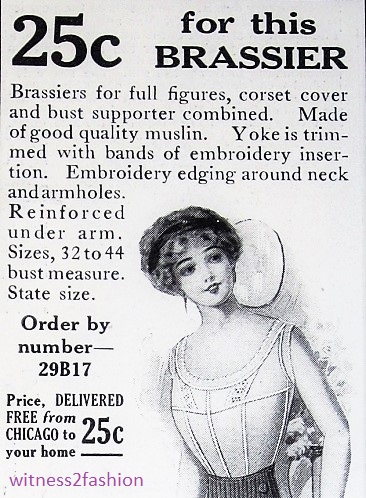
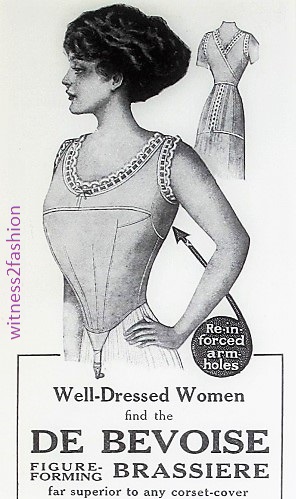
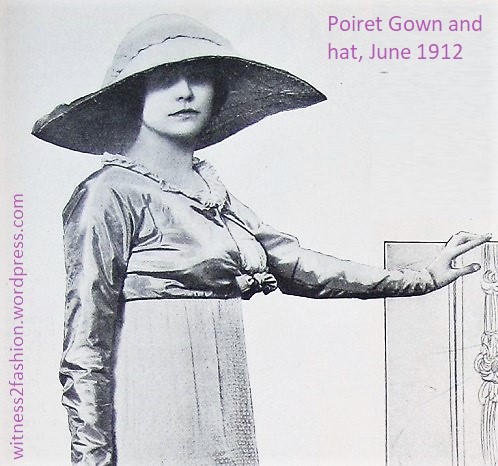
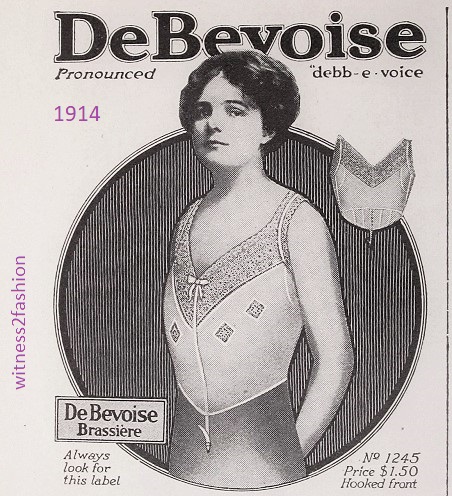
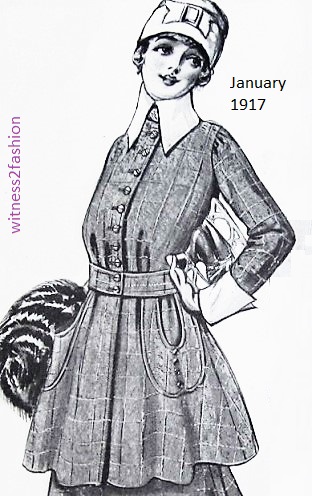
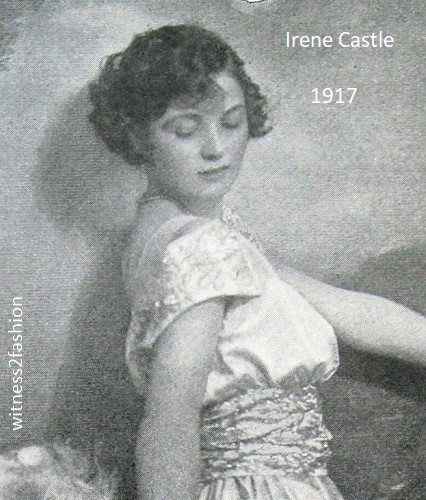
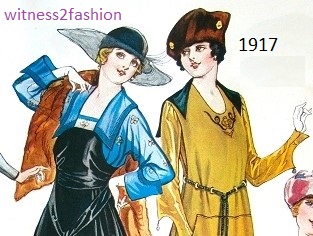
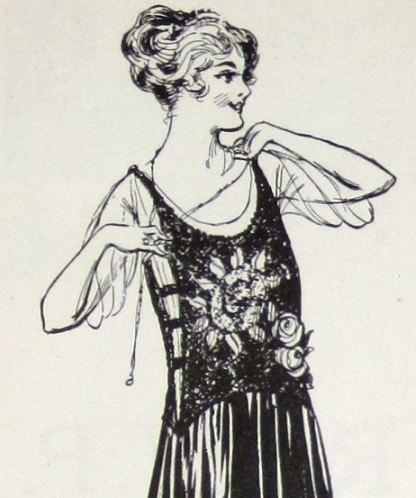
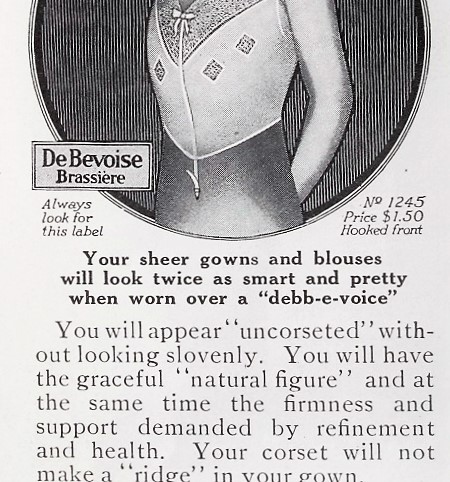
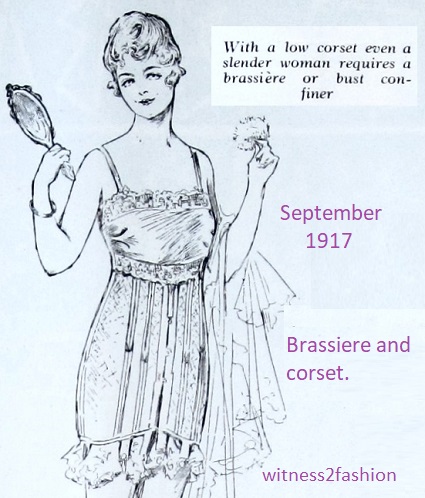
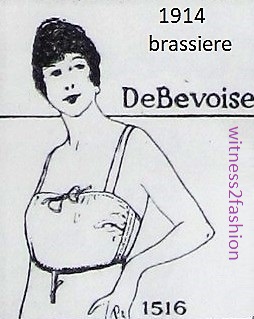
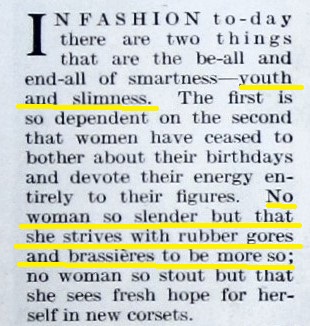
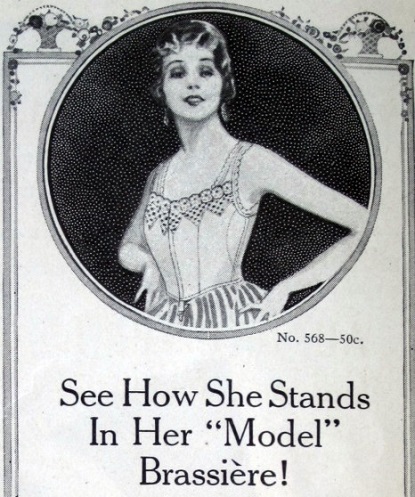
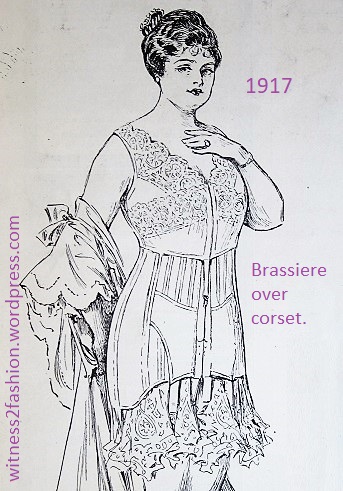
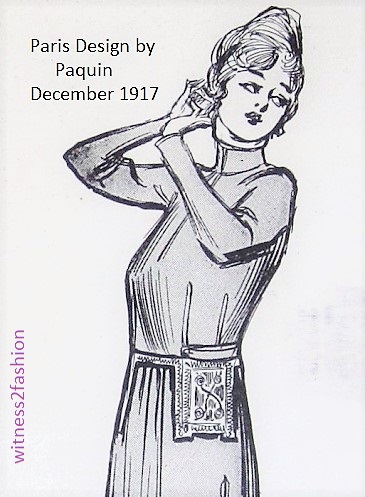
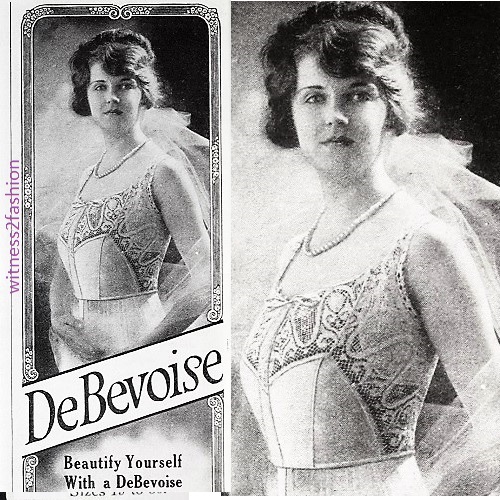
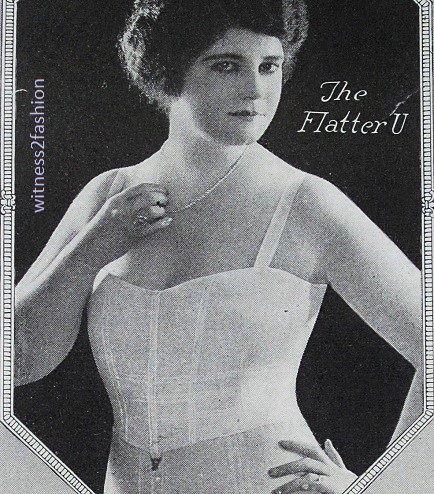
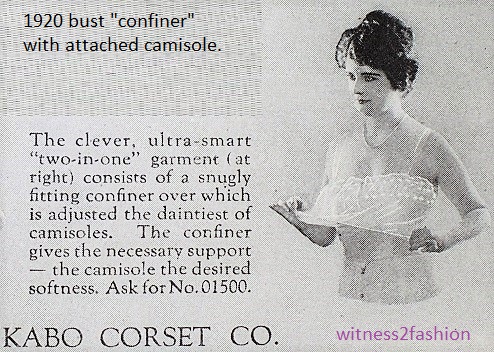
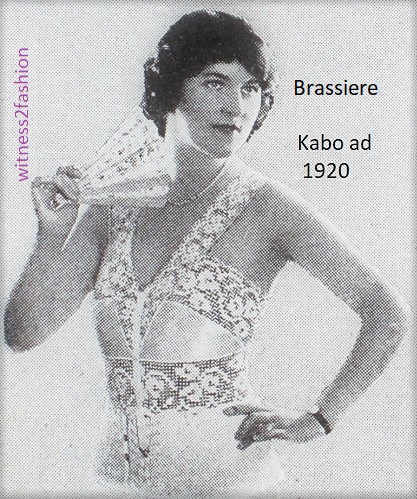
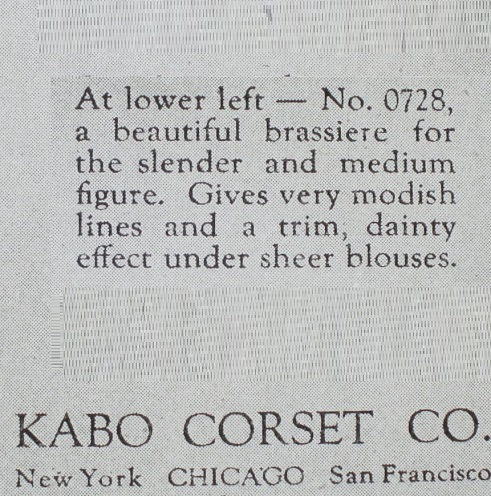
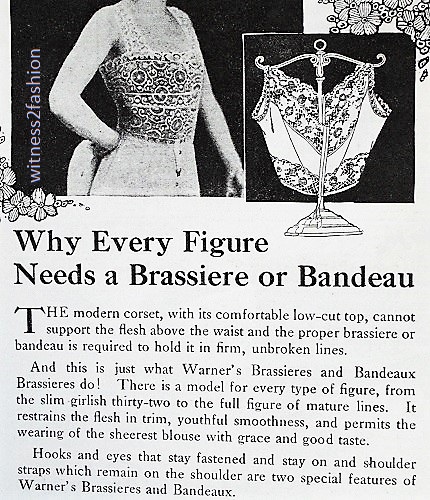
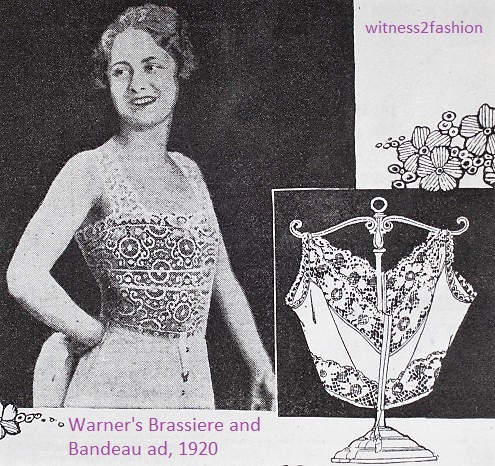 It’s 1920 — not yet what we think of as “the Twenties,” but the “boyish” figure is already starting. (“Boyshform” was another punning brand name like “Flatter-U.”)
It’s 1920 — not yet what we think of as “the Twenties,” but the “boyish” figure is already starting. (“Boyshform” was another punning brand name like “Flatter-U.”)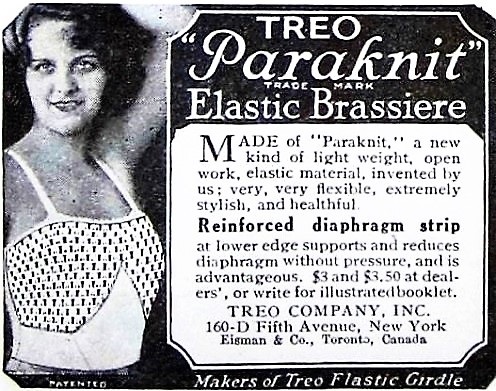
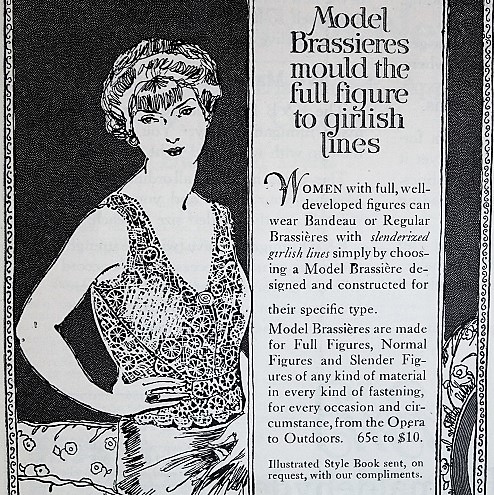
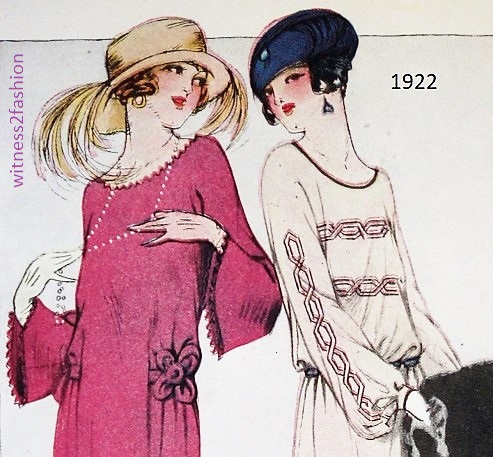
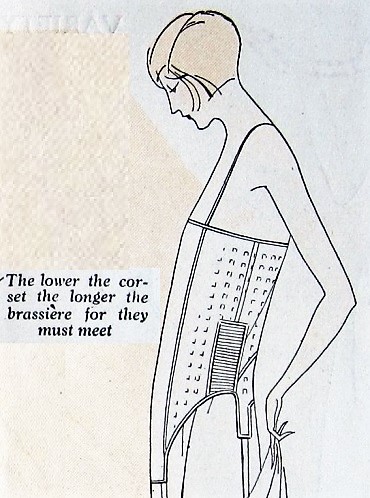
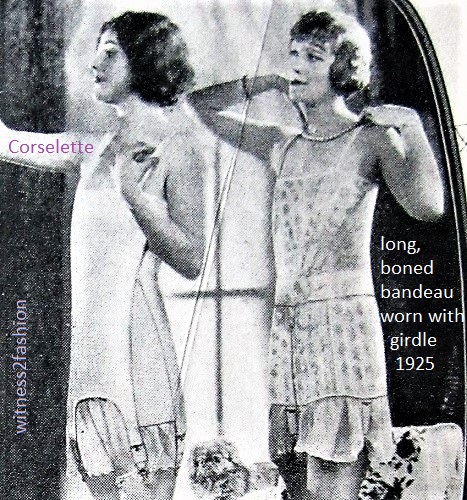
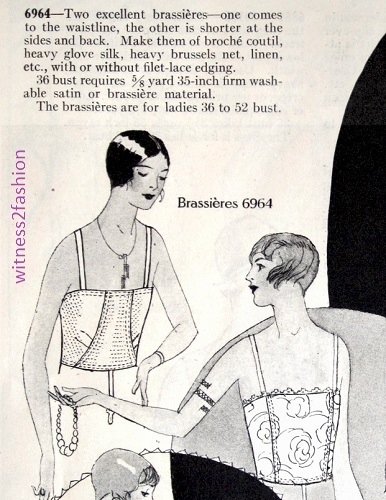
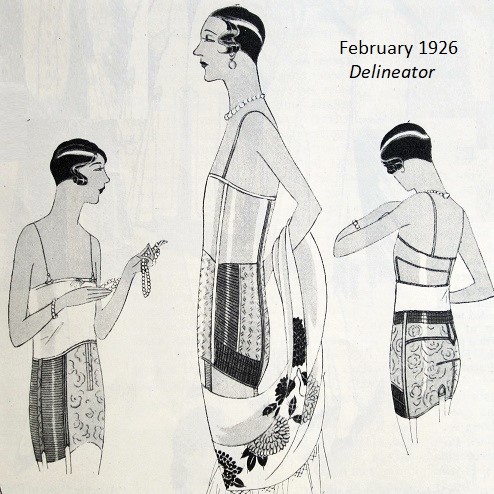
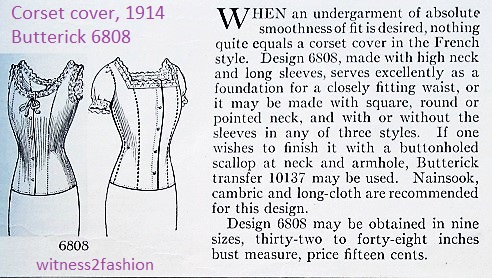

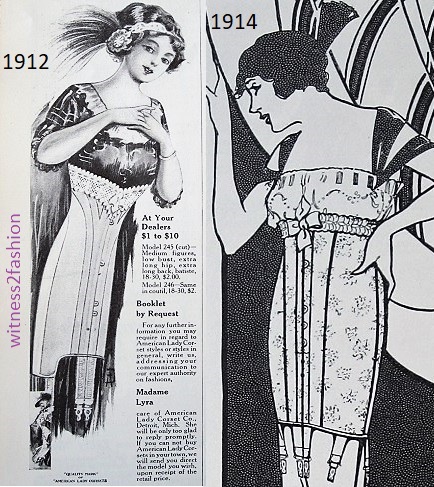








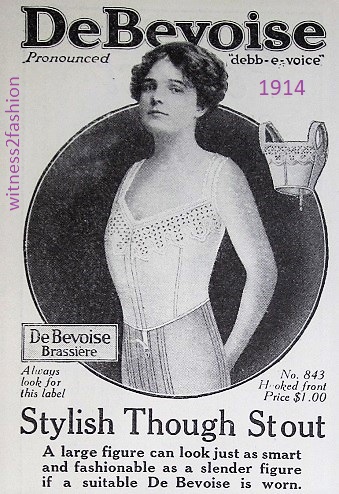



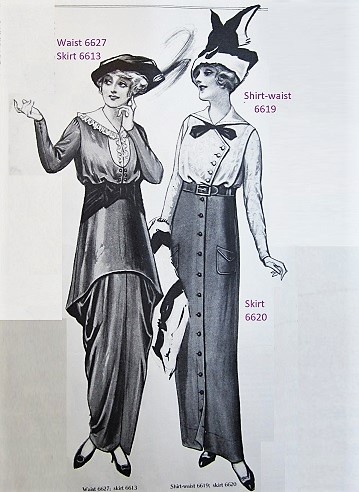




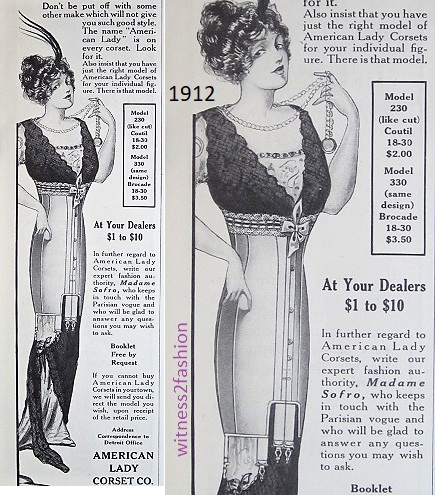












































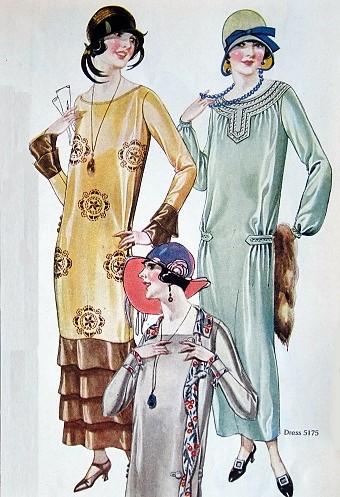
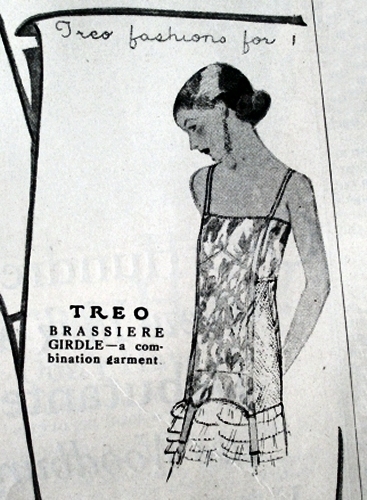
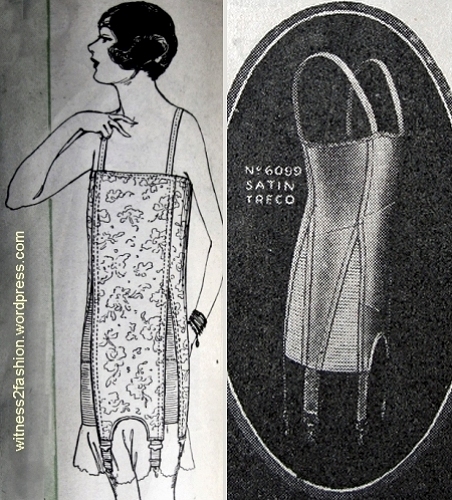

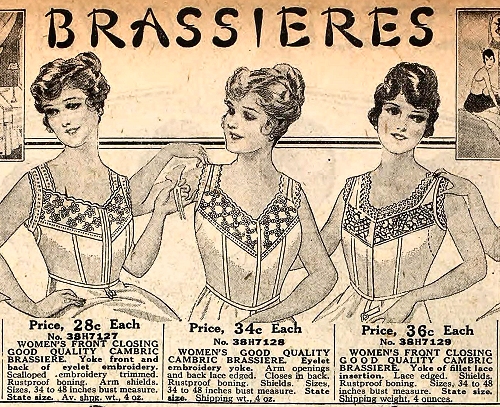







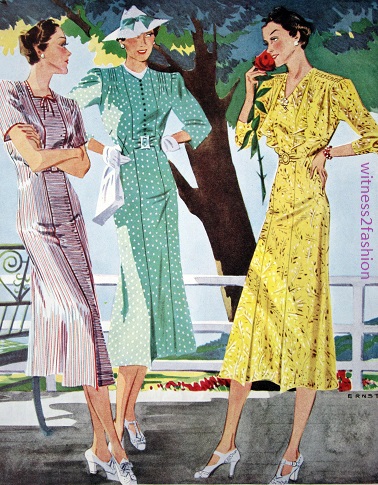























![Sketches of Paris designs by Premet, Philippe et Gaston, [Augusta] Bernard, and Worth. Delineator, March 1928.](https://witness2fashion.files.wordpress.com/2017/02/paris-500-1928-mar-p-28-top-designers-permet-philippe-et-gaston-bernard-worth-lenieff.jpg?w=500&h=394)
